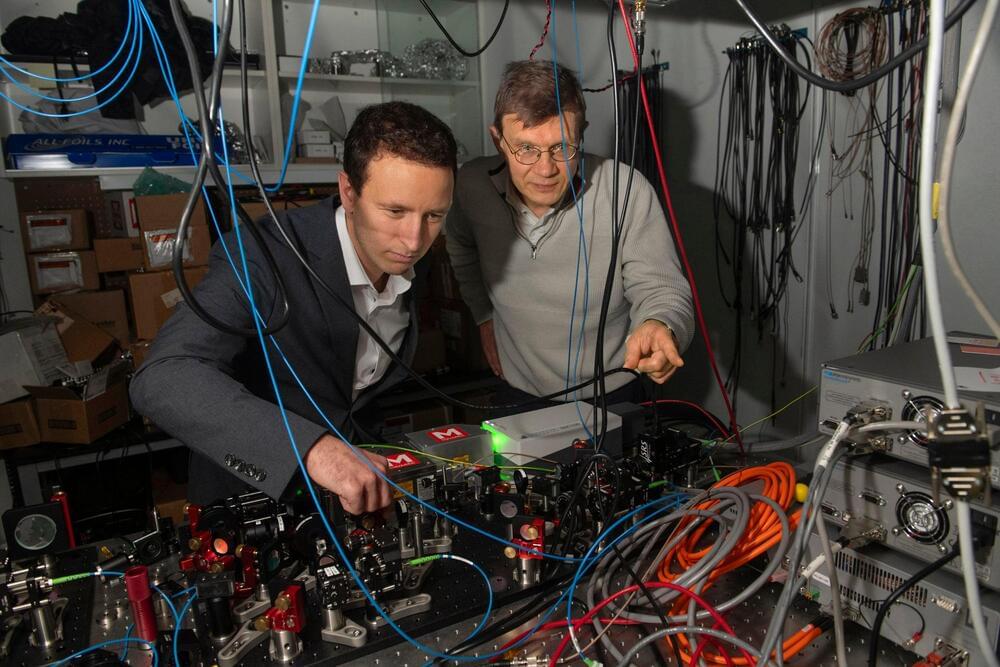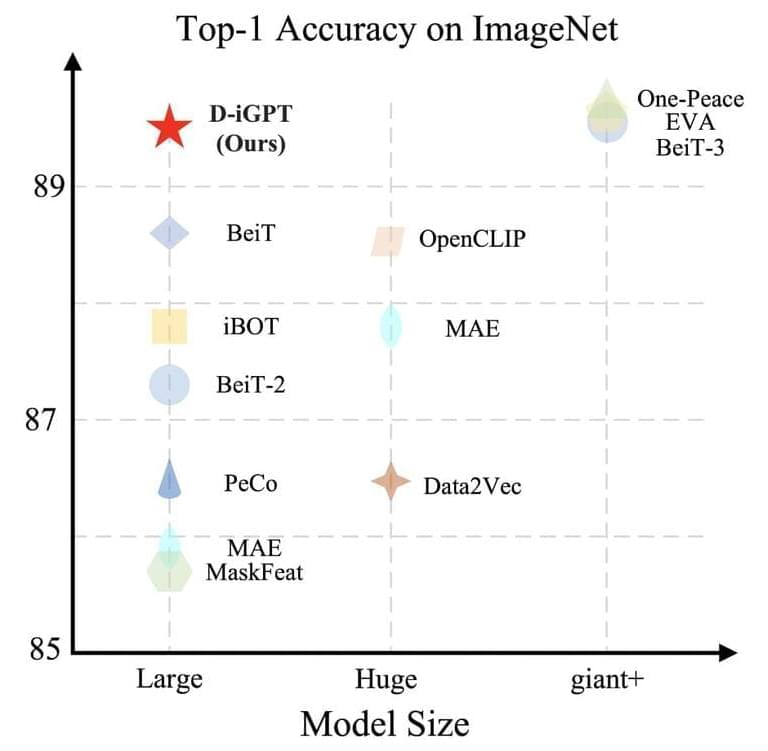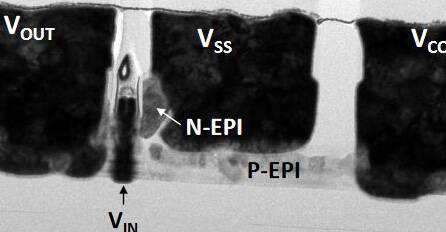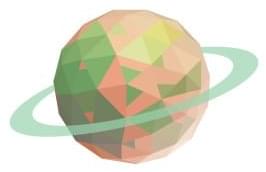Key step toward reliable, game-changing quantum computing.



Natural language processing (NLP) has entered a transformational period with the introduction of Large Language Models (LLMs), like the GPT series, setting new performance standards for various linguistic tasks. Autoregressive pretraining, which teaches models to forecast the most likely tokens in a sequence, is one of the main factors causing this amazing achievement. Because of this fundamental technique, the models can absorb a complex interaction between syntax and semantics, contributing to their exceptional ability to understand language like a person. Autoregressive pretraining has substantially contributed to computer vision in addition to NLP.
In computer vision, autoregressive pretraining was initially successful, but subsequent developments have shown a sharp paradigm change in favor of BERT-style pretraining. This shift is noteworthy, especially in light of the first results from iGPT, which showed that autoregressive and BERT-style pretraining performed similarly across various tasks. However, because of its greater effectiveness in visual representation learning, subsequent research has come to prefer BERT-style pretraining. For instance, MAE shows that a scalable approach to visual representation learning may be as simple as predicting the values of randomly masked pixels.
In this work, the Johns Hopkins University and UC Santa Cruz research team reexamined iGPT and questioned whether autoregressive pretraining can produce highly proficient vision learners, particularly when applied widely. Two important changes are incorporated into their process. First, the research team “tokenizes” photos into semantic tokens using BEiT, considering images are naturally noisy and redundant. This modification shifts the focus of the autoregressive prediction from pixels to semantic tokens, allowing for a more sophisticated comprehension of the interactions between various picture areas. Secondly, the research team adds a discriminative decoder to the generative decoder, which autoregressively predicts the subsequent semantic token.


A biocomputing system consisting of living brain cells learned to recognise the voice of one individual from hundreds of sound clips.

In the ever-evolving landscape of artificial intelligence, a seismic shift is unfolding at OpenAI, and it involves more than just lines of code. The reported ‘superintelligence’ breakthrough has sent shockwaves through the company, pushing the boundaries of what we thought was possible and raising questions that extend far beyond the realm of algorithms.
Imagine a breakthrough so monumental that it threatens to dismantle the very fabric of the company that achieved it. OpenAI, the trailblazer in artificial intelligence, finds itself at a crossroads, dealing not only with technological advancement but also with the profound ethical and existential implications of its own creation – ‘superintelligence.’
The Breakthrough that Nearly Broke OpenAI: The Information’s revelation about a Generative AI breakthrough, capable of unleashing ‘superintelligence’ within this decade, sheds light on the internal disruption at OpenAI. Spearheaded by Chief Scientist Ilya Sutskever, the breakthrough challenges conventional AI training, allowing machines to solve problems they’ve never encountered by reasoning with cleaner and computer-generated data.


You’ve seen the headlines. “A scientist may have proven we live in a simulation!” scream the papers.
“Wow, that’s amazing!” think millions of people as they click the headline to unlock the universe’s secrets.
Our excited curiosity turns to disappointment when we read the article and discover the truth.

“The only plausible way this can arise among different stars is if there is a consistent process operating during the formation of the heavy elements,” Mumpower said. “This is incredibly profound and is the first evidence of fission operating in the cosmos, confirming a theory we proposed several years ago.”
“As we’ve acquired more observations, the cosmos is saying, ‘hey, there’s a signature here, and it can only come from fission.’”
Neutron stars are created when massive stars reach the end of their fuel supplies necessary for intrinsic nuclear fusion processes, which means the energy that has been supporting them against the inward push of their own gravity ceases. As the outer layers of these dying stars are blown away, the stellar cores with masses between one and two times that of the sun collapse into a width of around 12 miles (20 kilometers).

There’s an unfortunate irony in cell therapy that holds it back from its full potential: Regenerating tissues often must be damaged to know if the treatment is working, such as surgically removing tissue to see if rejuvenation is occurring beneath.
The alternative isn’t much better: Patients can choose to wait and see if their health improves, but after weeks of uncertainty, they might find that no healing has taken place without a clear explanation as to why.
Jinhwan Kim, a new assistant professor of biomedical engineering at the University of California, Davis, who holds a joint appointment with the Department of Surgery at UC Davis Health, wants to change all of that. In his research program, he combines nanotechnology and novel bioimaging techniques to provide non-invasive, real-time monitoring of cellular function and health.

I’ve been studying this topic for use in a story I’m working on and I’ve come across various videos and interviews on the topic, but they all seem mostly concerned with assembly of larger objects.
I was just curious if the same actions that would assemble an object could be reversed to disassemble it, or if there were other necessary actions that needed to be taken. I understand that energy needs to be put in to break a molecular bond, so is that something that would have to be taken into account as well?
Also, as a side note, the current idea is to have the nanobots be mostly carbon constructs, if that affects the way things work.